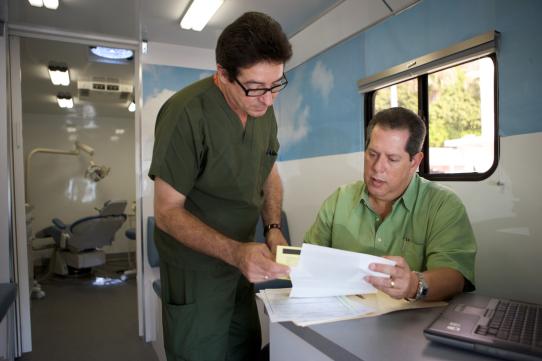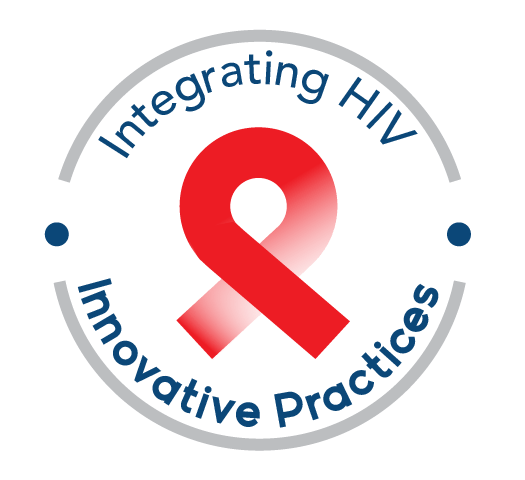Purpose and Background
The purpose of this curriculum is to provide physicians with the information they need to educate their clinic staff and other stakeholders about integrating medication-assisted treatment (MAT) with buprenorphine into HIV primary care. It provides a detailed overview of buprenorphine within clinical settings, from the legal requirements for implementation to step-by-step procedures for prescribing and administering buprenorphine.
The curriculum draws on the best practices developed under the Special Projects of National Significance (SPNS) initiative, Innovative Methods for Integrating Buprenorphine Opioid Abuse Treatment in HIV Primary Care, which took place from 2004-2009. This project marked the first time that the Health Resources and Services Administration (HRSA) HIV/AIDS Bureau (HAB) explored methods of integrating buprenorphine treatment into HIV care.
Target Audience

This curriculum is geared to clinical staff and other stakeholders with a vested interest in learning about the integration of buprenorphine into HIV primary care practice. This includes, but is not limited to, medical doctors, nurse practitioners, registered nurses, care coordinators, front desk staff, case managers, and medical assistance and other staff who will be involved in setting up and facilitating the clinic's buprenorphine program.
Training Design
Each of the trainings detailed in this curriculum has been set up to accommodate the busy schedules of HIV primary care clinics. Each training is designed as a standalone session and will take approximately 25–30 minutes to present. When longer periods of time are available, sessions may be combined. Trainers should read through each module prior to presentation in order to familiarize themselves with its content and plan out the related learning activities.
Instructional Approach
The medical doctor heading the buprenorphine program within the clinic should facilitate these trainings. No training experience, however, is required to deliver the information, and other appropriate staff may step in when the presiding medical doctor is not available.
Each module includes a PowerPoint presentation accompanied by a detailed description of its content and related enhanced learning activities. The success of the training depends on the willingness of the trainer to use the discussions and learning activities to ensure that participants grasp the objectives of each module. The material covered in the curriculum is reflected in the related training manual.
Each training module begins with an overview of sections in the module and the materials needed to complete the session. Activities follow a basic three-step approach: (1) explanation, (2) initiation, (3) debrief. The explanation step includes a brief overview of the module's learning objective.
The initiation step involves instructions and implementation of the activity. The debriefing step provides an opportunity for the trainer to review the activity, and clarify and reinforce key learning points.
The activities described in the curriculum easily accommodate up to 25 participants and can be modified as needed. They encourage learning through interaction rather than lecture alone in order to familiarize participants with buprenorphine treatment.
Materials and Equipment
Modules include a PowerPoint training slide presentation, as well as a script, learning activities, and additional explanation. The presentations may be accessed at [insert a link to the TARGET Center site once available].
Trainers will need the following items for each of the training sessions:
- A computer and compatible LCD projector that can play each of the PowerPoint presentations
- A screen or blank wall on which to project each training
- Microsoft Word to open and download handouts and factsheets
- A printer and/or copier to reproduce the materials to be reviewed in that day's training session.
To facilitate conversation during the learning activities, the trainer also may want to consider including:
- Paper and easel or whiteboard
- Colorful markers
- Tape to affix sheets to the walls.
Manual Format
At the start of each module is a breakdown of the discussions and activities. A new discussion topic is designated by a section title, summary, and list of materials required. Throughout the manual are explanations of slides, talking points, and activities.
Below are the symbols used throughout the training:
The approximate length of time the session will take.
Trainer's note
Group activity
Handout
